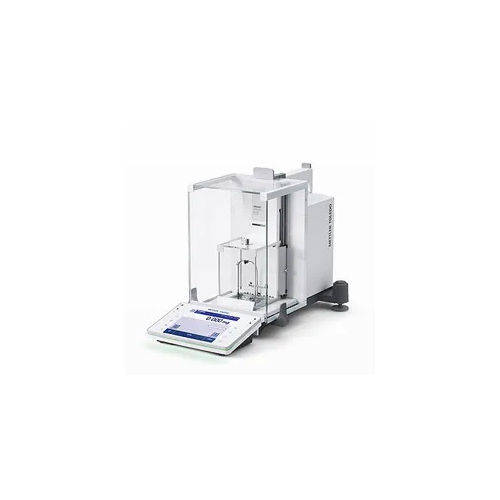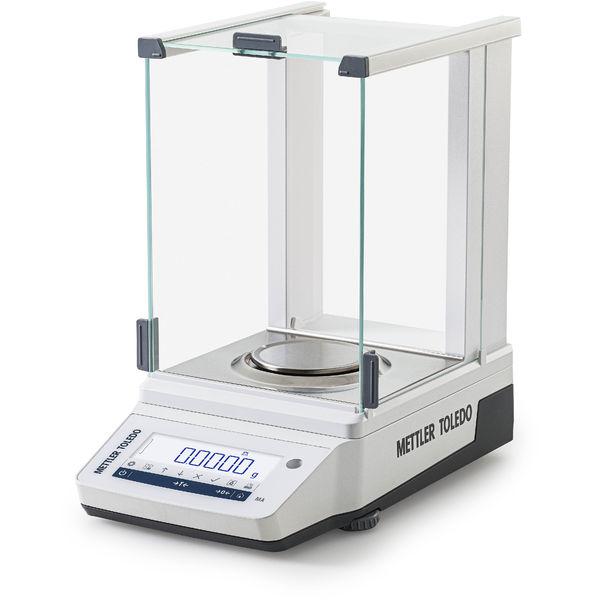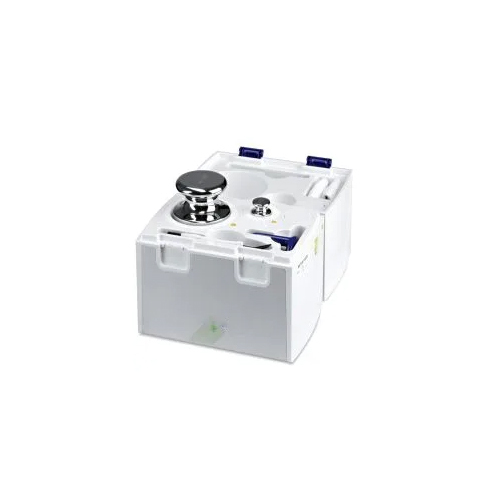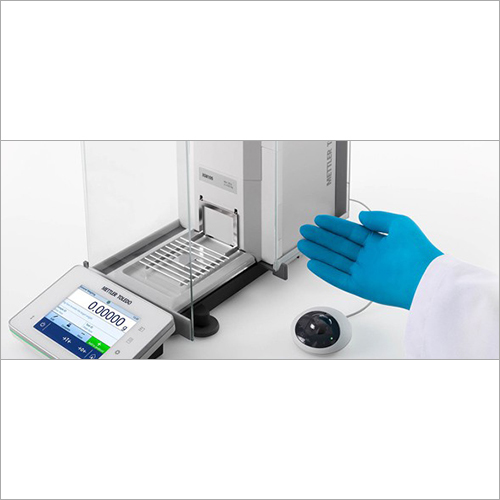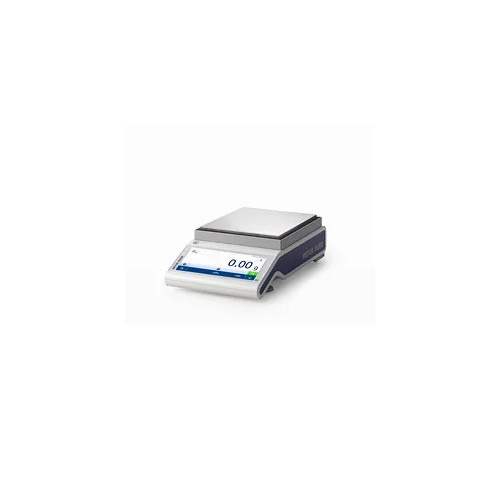Manual Mass Comparators
Product Details:
- Product Type Mass Comparators
- Weighing Scale Type Laboratory Balance
- Monitor Display Digital
- Accuracy 1 ug mm
- Capacity Range 22g Gram (g)
- Color White
- Warranty 1 Year
- Click to View more
Manual Mass Comparators Price And Quantity
- 1 Piece
Manual Mass Comparators Product Specifications
- White
- 22g Gram (g)
- Mass Comparators
- 1 Year
- 1 ug mm
- Digital
- Laboratory Balance
Manual Mass Comparators Trade Information
- Australia North America South America Western Europe Middle East Africa Central America Eastern Europe Asia
- All India
Product Description
WXTJ Gold and Carat Microbalance- The ref, has no keyword as microbalance
MCL -
Traceability and accuracy according to ISO standards
As the world's leading manufacturer of weighing instruments, MOTLER TOLEDO is also a major supplier of weights, weight sets, and related weight calibration services.
The accuracy of a weighing result depends on calibrated weights. Reference weights should always be used to verify balances. We calibrate and adjust the results at our accredited Mass Calibration Laboratory and document the results in a calibration certificate. Based on ISO/IEC 17025:2005 requirements, Calibration Services report convention mass, expanded uncertainty, and traceability.
Trustworthy results are achieved with traceable weights
The International Vocabulary of Basic and General Terms in Metrology (ISO, 2008) defines traceability, a measurement whose result can be tied to a reference by a documented unbroken chain of calibrations, each contributing to the measurement uncertainty.
Weight calibration labs at METTLER TOLEDO are accredited to ISO/IEC17025 and ensure traceability by arranging the following:
Weight calibration certificates clearly state measuring uncertainty for each calibration
Certification documenting all results, including uncertainties, in accordance with ISO/IEC 17025
Active participation in proficiency testing with industry and government partners as a demonstration of competence
Metrologically traceable weight references are made to SI mass units at appropriate intervals. This assures the accuracy and traceability of weight measurements.
Product details
|
Type Of Weighing Scale |
Digital |
|
Brand |
METTLER TOLEDO |
|
Capacity |
22 g |
|
Readability |
1 ug |
|
Usage/Application |
Laboratory |
FAQ
1. A manual mass comparator is what, exactly?
Ans - In metrology laboratories, a manual mass comparator is a tool used to compare the masses of two items. In quality control and calibration procedures in industry, it is frequently used to ascertain the correctness of a given weight or mass.
2. Describe the operation of a manual mass comparator?
Ans - The two pans that make up a manual mass comparator are fastened to a vertical support column. The comparison objects are placed in the pans, which are subsequently loaded, and the column is adjusted to balance the pans. The two objects' respective mass differences are then determined.
3. What advantages can manual mass comparators offer?
Ans - Manual mass comparators are perfect for quality control and calibration procedures because they offer extremely accurate measurements. Additionally, they are inexpensive, simple to use, and require little upkeep.
4. What distinguishes an automatic mass comparator from a manual mass comparator?
Ans - While an automatic mass comparator uses a motorised system to automatically adjust the column, a manual mass comparator requires the operator to manually raise or lower the column to balance the pans.
5. What different things can be compared with a manual mass comparator?
Ans - The mass of items with the same size, shape, and composition is commonly compared using manual mass comparators. Coins, weights, and other small things can all be compared with the use of a manual mass comparator.

Price:
- 50
- 100
- 200
- 250
- 500
- 1000+
Other Products in 'Laboratory Weighing' category
 |
Mettler-Toledo India Private Limited
All Rights Reserved.(Terms of Use) Developed and Managed by Infocom Network Private Limited. |
 English
English Spanish
Spanish French
French German
German Italian
Italian Chinese (Simplified)
Chinese (Simplified) Japanese
Japanese Korean
Korean Arabic
Arabic Portuguese
Portuguese
